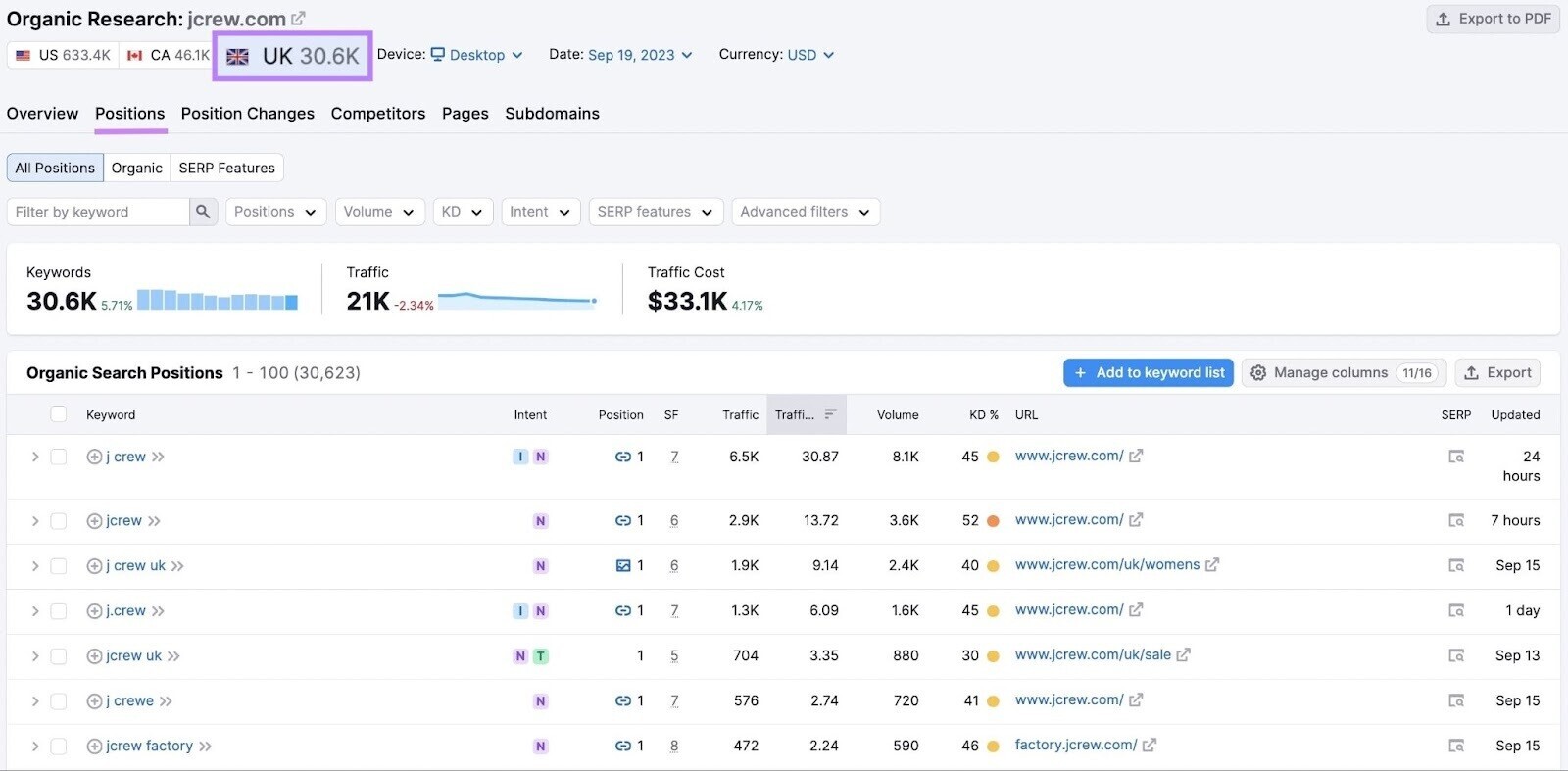Navigating the Digital Landscape: Leveraging International Search Engine Optimization for Cross-Border Success
In today's interconnected digital globe, services are increasingly looking past borders to tap into worldwide markets. The complexity of navigating the digital landscape on a global range demands a nuanced approach, from comprehending the principles of International SEO to implementing geotargeting and multilingual key phrase methods.
Comprehending International Search Engine Optimization Basics
Browsing the intricacies of worldwide SEO calls for a strong understanding of basic concepts to efficiently increase on the internet exposure across borders. One vital facet of worldwide SEO is recognizing the importance of localization. This involves customizing site web content to fit the etymological, cultural, and commercial differences of target markets. Key words have to be not just translated but likewise adapted to mirror just how customers in different regions search for information.
Additionally, having a clear understanding of geo-targeting is vital. This involves indicating to look engines the specific nations or regions a website is targeting. Implementing hreflang tags is one way to interact this details, making sure that the correct variation of a webpage shows up in the search results for a customer in a specific place.
Furthermore, understanding the impact of regional internet search engine and social networks systems is vital for global search engine optimization success. As an example, while Google is leading in many regions, nations like China have their very own search engines like Baidu, requiring tailored methods for each and every platform to take full advantage of on the internet presence.

Targeting Multilingual Key Phrase Approaches
Developing multilingual keyword phrase strategies is essential for effectively reaching varied global target markets and maximizing on-line visibility throughout different linguistic areas. When targeting multilingual key phrase techniques, it is critical to carry out thorough research to recognize the particular search terms and phrases made use of by the target market in each etymological area. This entails not just equating key phrases however likewise considering cultural subtleties, regional languages, and search trends distinct per target market.
To produce a successful multilingual keyword phrase strategy, it is important to focus on relevance and search intent. Key words need to straighten with the material on the site and resonate with the cultural context of the target market. Utilizing tools such as Google Key Phrase Organizer, SEMrush, or Ahrefs can help determine high-performing search phrases in different languages and evaluate their search volume and competition degree.
In addition, surveillance and analyzing the performance of multilingual search phrases routinely is crucial for optimizing and fine-tuning the approach over time. By continually adjusting to changes in search actions and trends, organizations can boost their on the internet visibility and bring in even more international website traffic to their sites.
Applying Geotargeting and Hreflang Tags
When aiming to enhance international search engine optimization strategies, incorporating geotargeting and hreflang tags is crucial for maximizing website presence across different areas. Geotargeting involves tailoring content to particular locations, ensuring that users in different areas get relevant details. click over here now By executing geotargeting, services can improve their regional search rankings and attract region-specific go website traffic.

Optimizing Web Site Structure for Global Presence
To additionally enhance international search engine optimization techniques beyond geotargeting and hreflang tags, optimizing the website structure is important for accomplishing global presence and making best use of reach throughout various areas. A well-structured website not only enhances user experience however additionally helps with search engine spiders in recognizing the material and context of the site. When intending for international presence, it is important to guarantee that the web site is arranged in a rational way that accommodates customers from various nations. Executing a clear hierarchy with unique classifications and subcategories can help in enhancing the site's navigation and user-friendliness.
Furthermore, producing language-specific subdirectories or subdomains can help internet search engine provide the best variation of the website to customers based see here on their language choices, additionally boosting the general customer experience. Additionally, enhancing URL frameworks to include appropriate key phrases and geotargeted terms can improve the site's exposure in various areas. By structuring the web site effectively for global audiences, organizations can increase their possibilities of attracting global website traffic and increasing their reach throughout borders.

Monitoring and Examining Cross-Border Efficiency
Effective tracking and analyzing of cross-border performance is essential for examining the success of international SEO approaches and determining chances for improvement in worldwide reach and visibility. By closely tracking essential efficiency indications (KPIs) throughout various markets, organizations can gain useful insights right into the effectiveness of their cross-border SEO efforts. Keeping an eye on metrics such as natural website traffic, keyword positions, conversion prices, and bounce rates can offer a detailed view of just how well a website is performing in different areas.
Examining cross-border performance information allows organizations to identify trends, patterns, and locations for optimization. By comparing efficiency throughout different countries, regions, or languages, companies can determine effective approaches and localize material to much better satisfy details target market. In addition, checking cross-border efficiency enables organizations to remain nimble and responsive in the ever-evolving electronic landscape. Regular evaluation of search engine optimization efficiency on a global scale ensures that companies can adapt their strategies quickly to capitalize on emerging opportunities and preserve an one-upmanship in worldwide markets.
Conclusion
To conclude, global SEO plays an essential duty in accomplishing cross-border success by enhancing sites for worldwide visibility, targeting multilingual search phrase approaches, executing geotargeting and hreflang tags, and keeping track of cross-border performance. By understanding the fundamentals of international search engine optimization and enhancing web site structures appropriately, companies can properly get to and involve with their target audiences throughout various regions and languages. This strategic approach is essential for expanding market reach and driving online growth in today's electronic landscape.